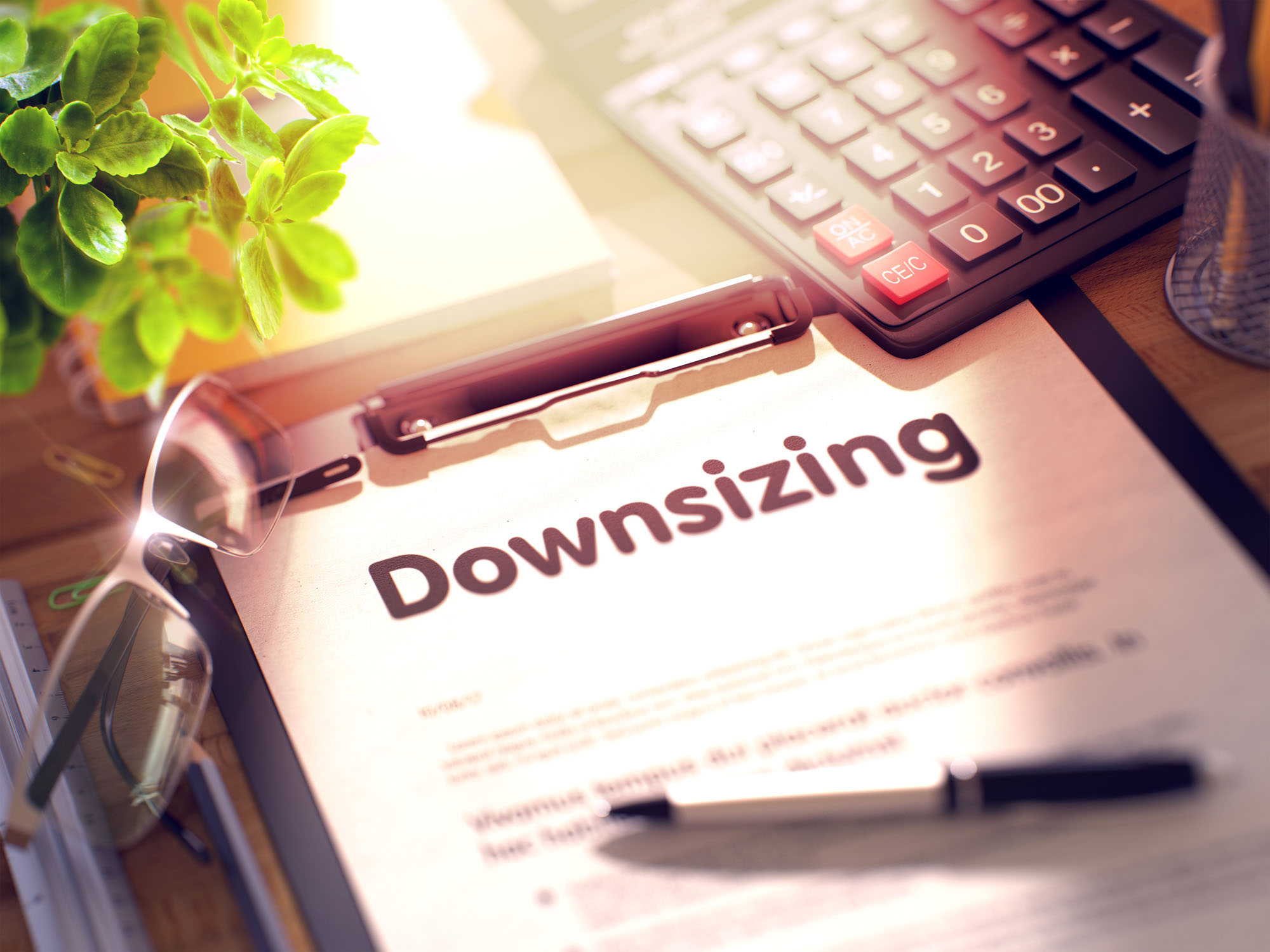How to Keep Your Online Business Up and Running: Tips for Reliability and Uptime
As an online business owner, it’s crucial to keep your website up and running at all times. This ensures that your customers can always reach you and that your business is always visible. This blog post will discuss some tips for ensuring reliability and uptime for your website. We’ll also cover some common causes of downtime and how to prevent them.
How to ensure reliability and uptime: use a reliable hosting provider
Your hosting provider is responsible for keeping your website up and running. When choosing a provider, be sure to research their uptime record and reviews from other customers. A good provider will have at least 99% uptime, meaning that your website will only be down for short periods of time (usually scheduled maintenance).
Use a content delivery network (CDN):
A CDN is a network of servers that deliver your website’s content to visitors. This can help improve uptime by ensuring that your website is always available, even if one server goes down.
Use a website monitoring service:
A website monitoring service will keep track of your website’s uptime and notify you if it goes down. This can help you quickly identify and fix any issues that may cause downtime.
Get IT support
If you’re not sure how to set up or maintain your website, getting it service management is a good idea. They can help you with everything from choosing a hosting provider to troubleshooting any issues that may arise.
Use a backup service
A backup service will create a copy of your website that can be used to restore it if it ever goes down. This is a good idea if you have important data or files that you can’t afford to lose.
Use a load balance
A load balancer is a system that distributes traffic evenly across multiple servers. This can help prevent downtime by ensuring that one server doesn’t become overloaded and crash.
Follow best practices
You can follow several practices to ensure uptime for your website. These include things like keeping your software up to date, using strong passwords, and having a good backup plan. By following the tips above, you can help ensure that your website is always up and running. However, even with the best planning, there may still be times when your website goes down.
Causes Of Downtime Include: 
Hardware or software failure:
One of the most common causes of downtime is hardware or software failure. This can be caused by things like a power outage, server crash, or database error. To prevent this type of downtime, it’s crucial to have a good backup plan in place. This way, if one server goes down, you can quickly switch to another. In addition, it would be best to keep your software up to date to avoid any errors that could cause downtime.
Maintenance
Another common cause of downtime is scheduled maintenance. This is usually done to improve website performance or security. While it’s important to keep your website up-to-date, you should avoid doing any major updates during peak times. Instead, schedule them for off-peak hours when there is less traffic.
DDoS attacks
A DDoS attack is when someone tries to overload your server with traffic to take it down. This can be very difficult to prevent, but there are some things you can do to mitigate the risk. For example, you can use a CDN to distribute traffic across multiple servers. You can also get IT to support to help identify and block malicious traffic.
Human error
Sometimes, downtime can be caused by human error. This could be something as simple as forgetting to renew your domain name or accidentally deleting a file. To prevent this, it’s important to have procedures in place for things like updates and backups. It would help if you also had someone responsible for monitoring your website to quickly identify and fix any issues.
How to Keep Your Online Business Up: Natural disasters
Natural disasters can also cause downtime. This is usually due to power outages or damage to infrastructure. To protect against this, it’s important to have a backup plan in place. This could include things like having a backup power source or using a cloud-based hosting provider.
By following the tips above, you can help reduce the risk of downtime for your website. However, even with the best planning, there may still be times when your website goes down. If this happens, it’s essential to have a plan in place so that you can quickly get back up and running.
In conclusion, there are many things you can do to help ensure uptime for your website. By following the tips above, you can help reduce the risk of downtime and keep your website up and running.




















